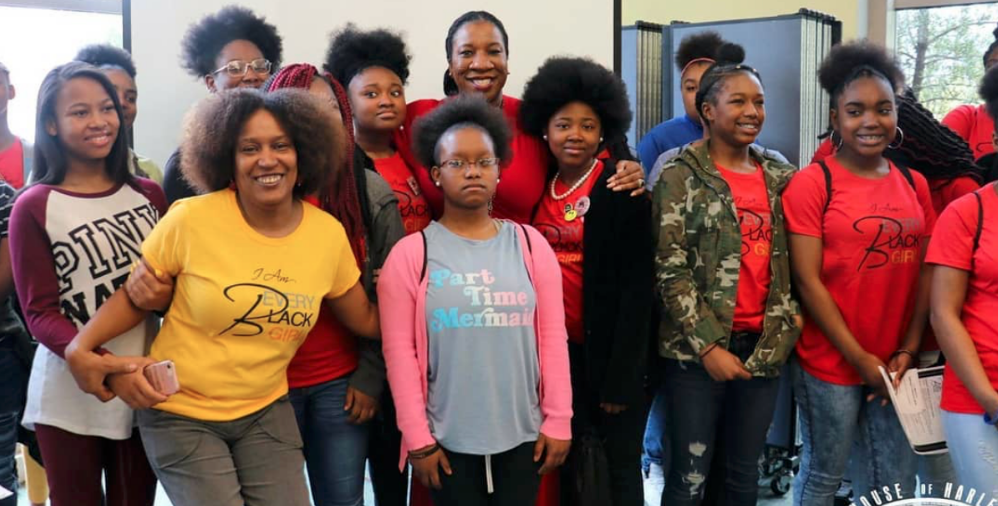Network leadership (or what I call network weaving) looks like a rhizome. If you have a patch of bamboo in your yard, you know how hard it is to get rid of. If you chop down a stalk, in a few days a new shoot sprouts up to fill the space. This is because underneath the bamboo forest is a mat of interconnected pathways, called rhizomes, that connect all the stalks and move resources around to places where they are needed.
Rhizomes are a great metaphor for network leadership: network leadership is about working together to make sure that people in the network are connected in way that encourages flows of resources, information and support to every part of the network.
Network leadership is about noticing people or groups who are not being able to access resources and who have been marginalized by the culture of hierarchies, and encouraging them to initiate collaborative action.
Network leadership engages people to co-design new structures (such as Innovation Funds) that get financial resources flowing to those projects.
And network leadership creates space for learning and peer support through communities of practice, so that everyone is continually building skills and insights and breakthroughs constantly emerge from the learning processes.
The number one task of network leaders is to help others become network leaders.
Vivian Andersen (with yellow tee, below), the founder of Every Black Girl in Columbia, South Carolina, is one of my favorite examples of network leadership in action. In June I attended a gathering where she brought along six young teen girls and boys. These young people joined the small group discussions, sharing their thoughts with quiet confidence and brilliance because Vivian had made nurturing their growth and leadership a priority and showed them how to support each other.
The interesting fact about ginger (another rhizome), shown below, is that every knob of ginger contains all the nutrients to sprout another branch of ginger. If you broke off a piece of ginger and planted it, many new buds would pop out. Network leadership is like ginger: every network leader spends much of their time providing mentoring, listening, and support until everyone in the network sees themselves as responsible for creating a healthy, effective network. Leadership development in networks is all about increasing the flows of leadership capacity.
Four key roles that network weavers play to open these flows are:
- Connecting
- Coordinating and coaching collaborative projects
- Facilitating, convening and aligning
- Co-creating support structures
This checklist is great to give to people in your network at a face-to-face gathering. Have them spend 5 or so minutes taking the survey. Then have a chart paper (or 2-3 if the group is large). Using a marker, make a line down the center of the the paper and then one horizontally across from side to side. Mark the upper left quadrant with Connector, the upper right quadrant with Facilitator, the lower left quadrant with Project Coordinator, and the final quadrant with Guardian. Then have people put a red dot in the quadrant where they got the most 4s and 5s, and a green dot in the quadrant they would like to learn more about or do more.
Have them pair up with another person and talk about what they learned about themselves as a network weaver and what they would like to learn.
Then have the whole group notice the quadrant(s) where it is strong, and the quadrant(s) where there aren’t many people currently working. Notice which quadrant has lots of green dots – the network may want to do some explicit organizing of training in this are.
For more free resources and to sign up for the weekly Network Weaver enewsletter, visit www.networkweaver.com.
We encourage you to comment on this post so we can hear about your thoughts and experience.






